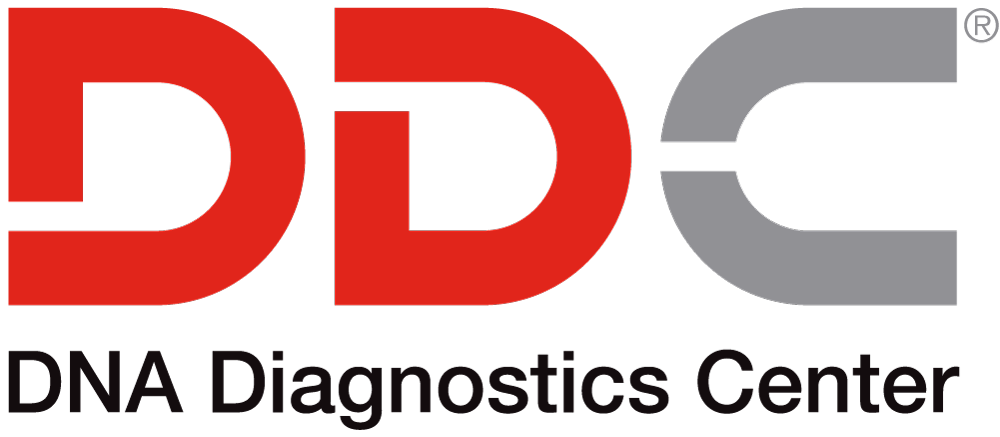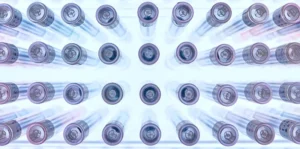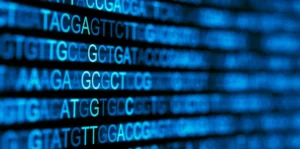OCTOBER 5, 2015
Understanding DNA In 10 Minutes
DNA is now a common term, but do we really know much about it? What story it tells about each of us? Understanding DNA in 10 minutes might be a challenge, but Tom Ireland of Focus University has boiled it down for a quick read.
Since 1953 when Watson and Crick declared “We have discovered the secret of life!” our understanding and practical uses of DNA have improved every year. But one thing is for sure—we still don’t know more than we know. The two biochemists weren’t exaggerating: DNA unlocks many of the mysteries of how living things make, replicate, and repair themselves.
DNA, which stands for deoxyribonucleic acid, is found in every cell of every living thing. It carries all of the instructions for an organism to build, maintain and repair itself. By replicating and passing on their DNA, animals, plants and microorganisms can impart their characteristics to their offspring. This is critical to the Darwin Theory of Evolution, and how the strong survive—by passing on their traits through their DNA.
The article shares the following (shared directly from article):
WHAT IS DNA?
- In humans, half the DNA in our cells stems from our mother, and half from our father. This is why we inherit a mixture of characteristics from both parents. DNA is a hugely long and complex code, and everyone’s is unique. This ‘genetic code’ can tell us many things, including details about ancestry and potential health problems.
WHAT ARE GENES?
- Genes are sections of our DNA sequence that contain the code for a specific protein, normally linked to a specific function or physical characteristic. In humans, for example, a stretch of DNA known as ‘OCA2’ has a strong influence on a person’s eye color.
- Variations in these parts of our DNA lead to the different characteristics we see among individuals. For example, people with blue eyes have different DNA at ‘OCA2’ than people with brown eyes.
- A common misconception about genes is that one gene is responsible for one trait, which is actually highly unusual. More commonly, physical traits result from a combination of many genes.
HOW DOES DNA REPLICATE?
- The discovery of DNA’s ‘double helix’ structure helped reveal the beautifully simple way a DNA molecule replicates itself. With the help of other chemicals in the cell, the double helix untwists and the two strands split down the middle, like a zip. Because A always pairs with T, and C with G, both strands then form an exact copy as more nucleotides are attracted into the corresponding place opposite the freshly split strands.
- This replication process is crucially important, because cells are constantly dividing and replicating. If DNA is copied incorrectly, the resulting cells have jumbled instructions and can start growing out of control. This is often how a cancerous tumor starts.
WHAT CAN WE DO WITH DNA?
- We already use DNA for a range of immensely useful applications such as home genetic test kits that can tell us about our past, present and future: what our ancestors were like, what medicines we should take or avoid, and what illnesses we may develop many years from now.
- We can also use it to settle paternity disputes, or catch criminals, by searching for tiny amounts of DNA found at a crime scene.
- But that’s just the start. As DNA sequencing becomes vastly easier and cheaper, what was once unthinkable is now eminently possible. Already, scientists can create personalised medicines that are tailored to work with your exact combination of genes. They are reading the genomes of cancer cells, in order to learn more about them and fight them. Gene therapy can be used to fight genetic disorders by inserting new genes into people’s DNA.
- In the future, biologists may be able to create entirely new organisms that exist solely to produce useful products for us. We may even be able to edit the genome of our offspring – not only to guarantee our children are free from genetic disorders, but also to ensure they have the characteristics we want.
This information might not make you a DNA expert, even if you could read this in 10 minutes. But it provides enough information to get you started, and perhaps like me, makes you eager to learn what DNA mysteries are uncovered in our near future.
About DNA Diagnostics Center (DDC)
DNA Diagnostic Center is the world leader in paternity and relationship testing. We serve healthcare professionals, government agencies, and individuals around the world to determine family relationships with trusted accuracy.
More Questions? Don’t hesitate to call us: we’re here to help!
CALL NOW





